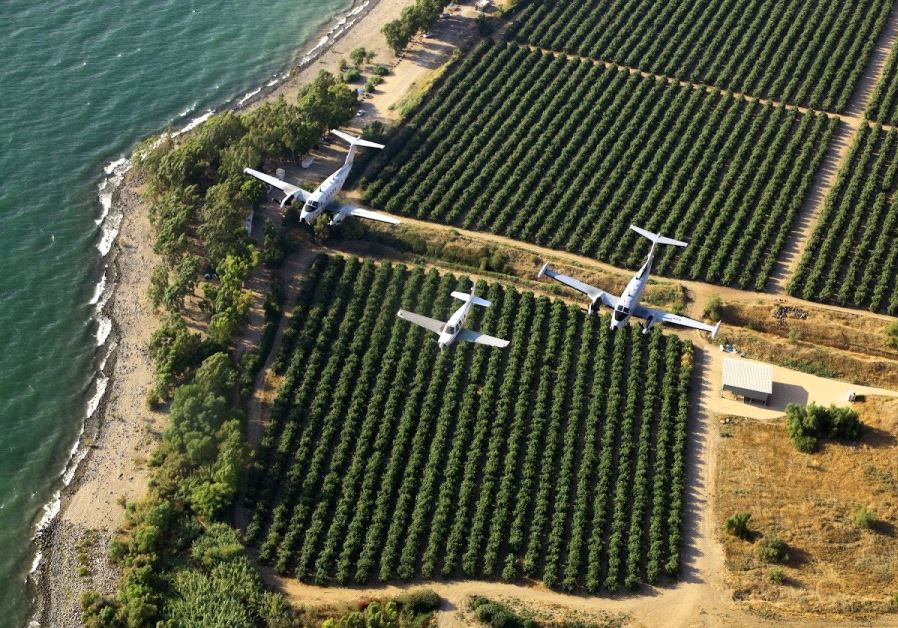Israel's eyes in the sky gather intel in a shifting Middle East
Israel Air Force is fusing manned and unmanned intelligence missions in order to complete the puzzle.
 Planes from Israel Air Force's aerial intelligence squadrons in the air(photo credit: IDF SPOKESMAN’S UNIT)Updated:
Planes from Israel Air Force's aerial intelligence squadrons in the air(photo credit: IDF SPOKESMAN’S UNIT)Updated: